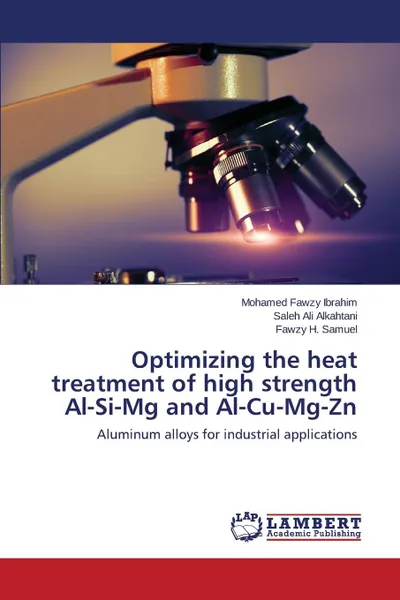Optimizing the heat treatment of high strength Al-Si-Mg and Al-Cu-Mg-Zn 12+
120 страниц
Категория: Научная литература
ISBN: 9783659799532
Язык: Английский
📙 The design of aeronautical alloys requires the use of these particular alloys for their strength and ductility. These properties can be further enhanced by controlling the added alloying elements as well as the heat treatment parameters. The objective of the present work was to determine the effect of the interactions between element additions and heat treatment on the alloy microstructure and mechanical properties. The present study was carried out to investigate both the formability and mechanical properties of 6xxx alloy series. The slabs (7 x 11 x 1.5 cm each) were machined and homogenized for 10 h at 520 °C, followed by air cooling. The results show that a β-iron phase displays low formability and hinders deformation of the grains during cold rolling and leads to premature cracking. The cold rolled structure contains elongated grains with broken β-Al5FeSi platelet fragments. In the Mn-containing alloy, the α-iron phase is more easily deformable while addition of Sr does not improve the alloy behavior. With beryllium additions, the iron intermetallics precipitate in the form of small, globular α-Al8Fe2SiBe script particles, in the interdendritic regions.
Мнения
